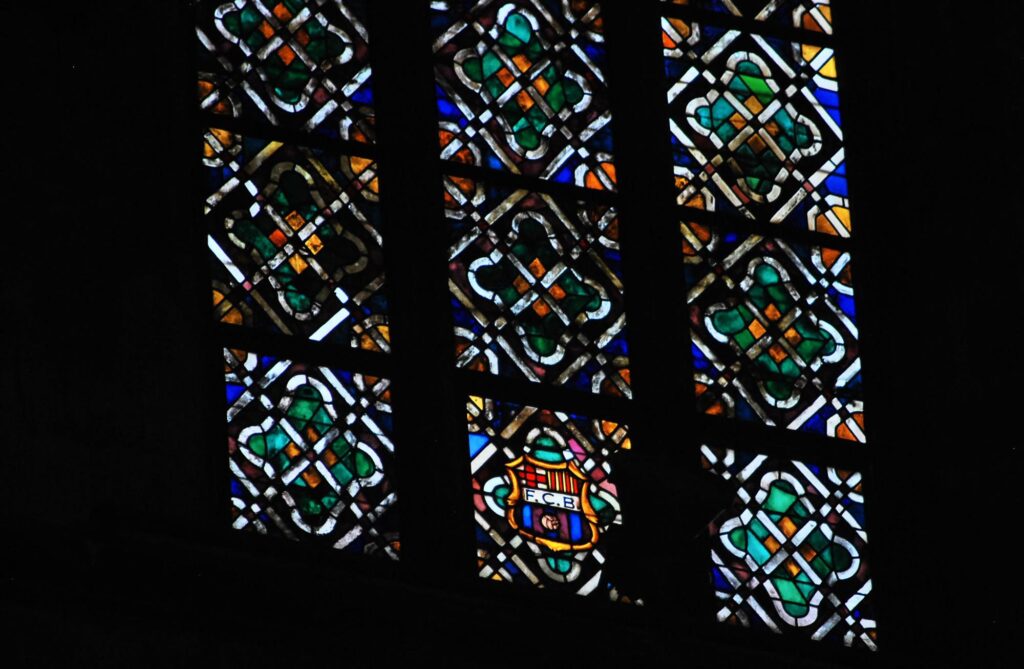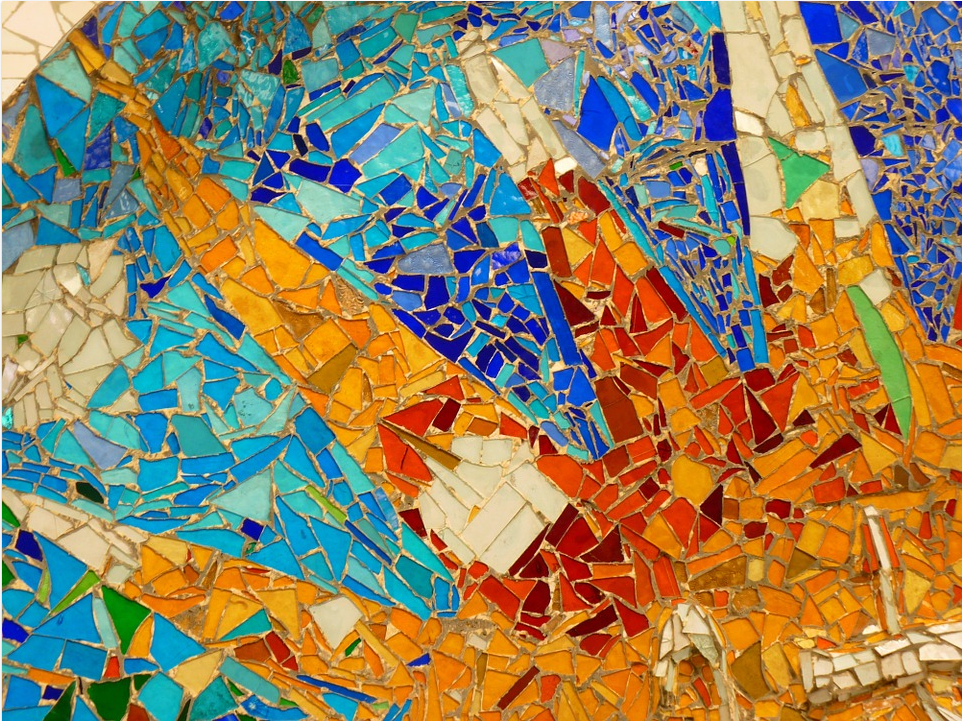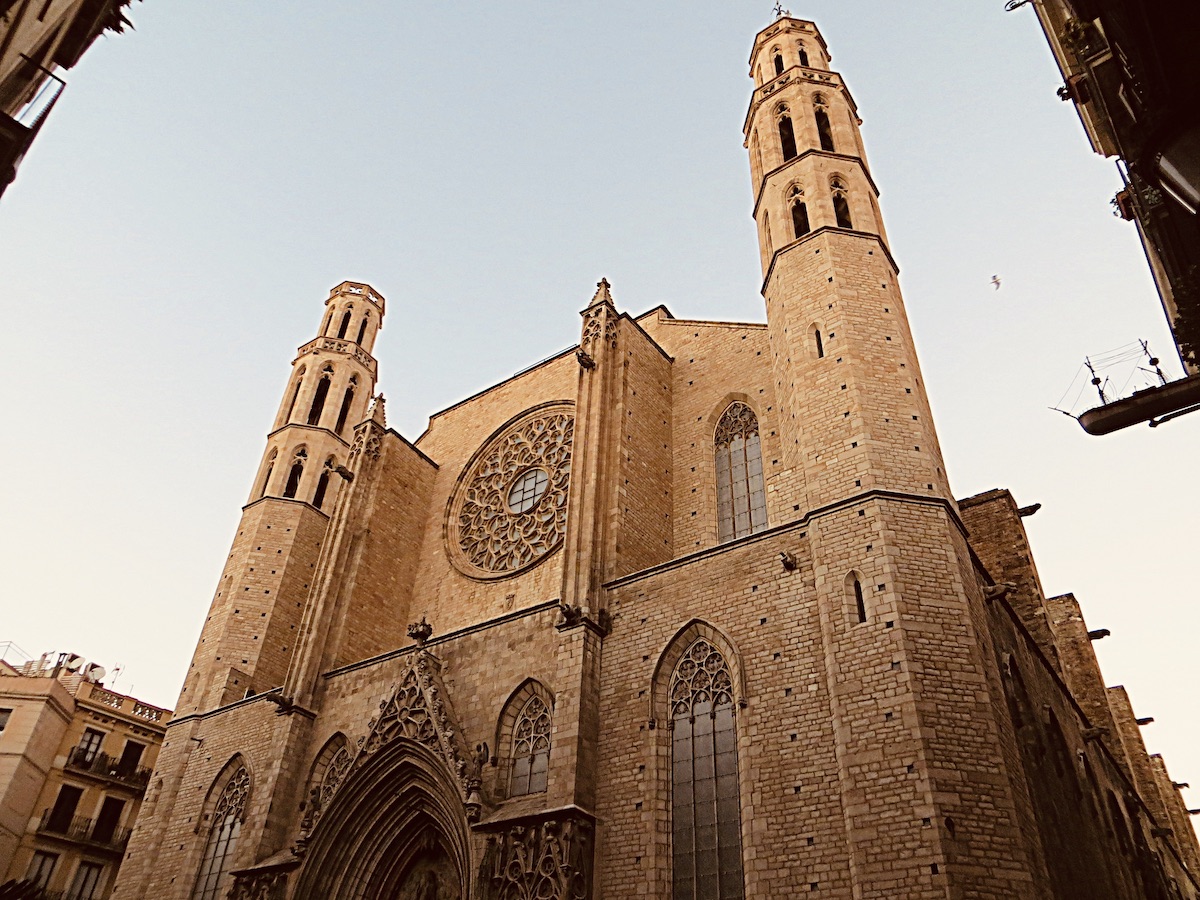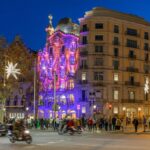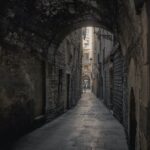Most visitors to Barcelona flock to the iconic Sagrada Familia, designed by the renowned architect Antoni Gaudi. While it is a major attraction, some visitors may not realize that the official cathedral of the city is actually the Cathedral of the Holy Cross and Saint Eulalia, located in the Gothic quarter. However, despite its official title, the Basilica of Santa Maria del Mar holds a special place in the hearts of the people of Barcelona and is often referred to as their “people’s cathedral.”
In the 14th century, the economic power of the Ribera neighbourhood of Barcelona was spectacular and soon became the most densely populated quarter of the city. When its guilds needed to make their power visible and accommodate all the faithful, Santa Maria del Mar became a reality. The temple was built in just 54 years, a record in medieval constructions.
But the basilica had already a rich history by then, dating back to the paleochristian church of Santa Maria de las Arenas, which is said to have housed the remains of Saint Eulalia, the patron saint of Barcelona. The church was built on a Roman amphitheater, which explains its name “arenas.”
In the 14th century, the Crown of Aragon was experiencing a period of prosperity and stability, and Barcelona was no exception. The city’s population was growing and expanding into new areas, one of which was Vilanova del Mar, now known as the La Ribera neighborhood. This area, due to its proximity to one of the city’s major ports, was involved in the thriving maritime trade.
However, the residents of La Ribera felt disconnected from the Cathedral of Barcelona, which they saw as a temple belonging to the noble elites. As a result, they sought to build their own temple in the neighborhood. The project was approved by the local religious authorities and was financially supported by the wealthy families in the area. It was the residents themselves, along with merchants, ship owners, and workers, who served as the labor force in the construction of the basilica.
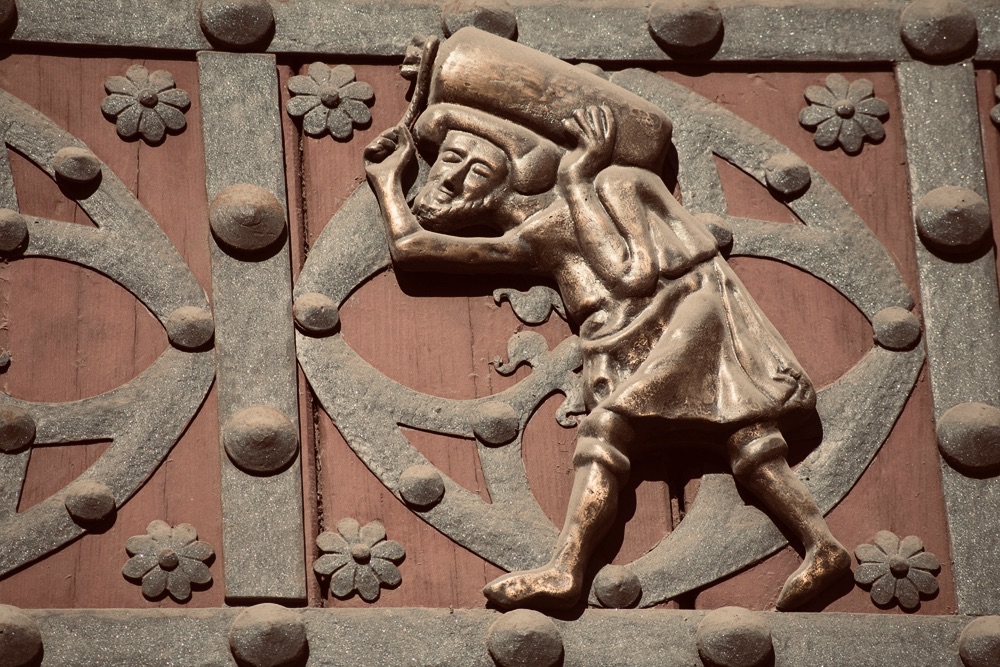
Construction began in 1325, with the last stone being laid in 1389. During this time, the neighborhood was struck by the black plague, which entered the city through the same port that had brought prosperity to La Ribera. The workers, who were mostly dockworkers known as bastaixos, carried the heavy stone blocks from Montjuïc mountain to the neighborhood, part of the journey by boat and the rest on their backs. The basilica honors these hard-working men with two small wrought iron figurines embedded in the main door.
Throughout the centuries, the basilica has faced numerous challenges, including earthquakes, attacks, wars, and fires, but it remains one of the most beautiful Gothic cathedrals in the world. Its history is a testament to the perseverance and determination of the residents of La Ribera, who worked hard to build a temple that would be a symbol of their community and their faith.
DID YOU KNOW?
The FC Barcelona emblem can be found in Santa Maria del Mar stained glass
It was added during the restoration of the stained glass windows damaged by a fire during the civil war. The restoration was partially funded by FC Barcelona through a city-wide sponsorship campaign.
